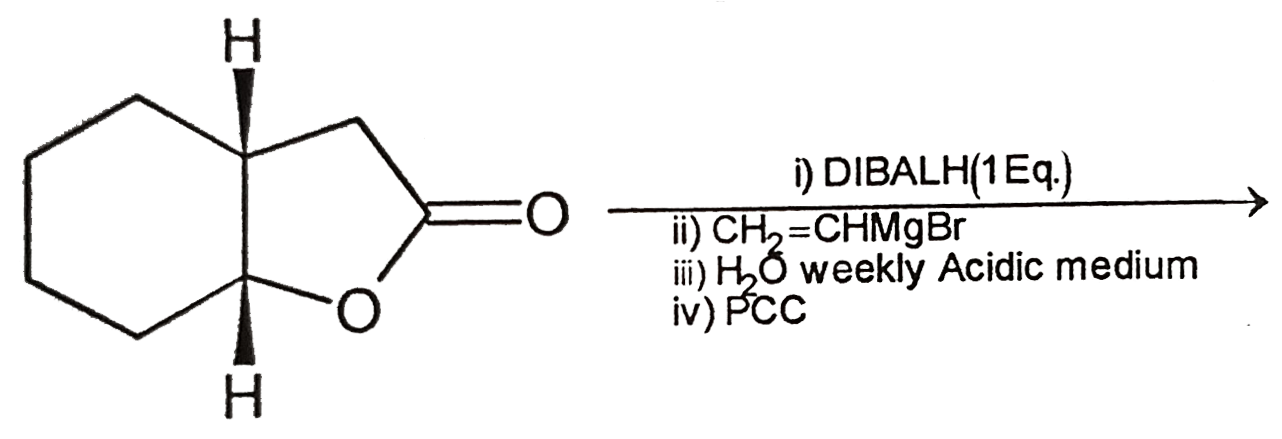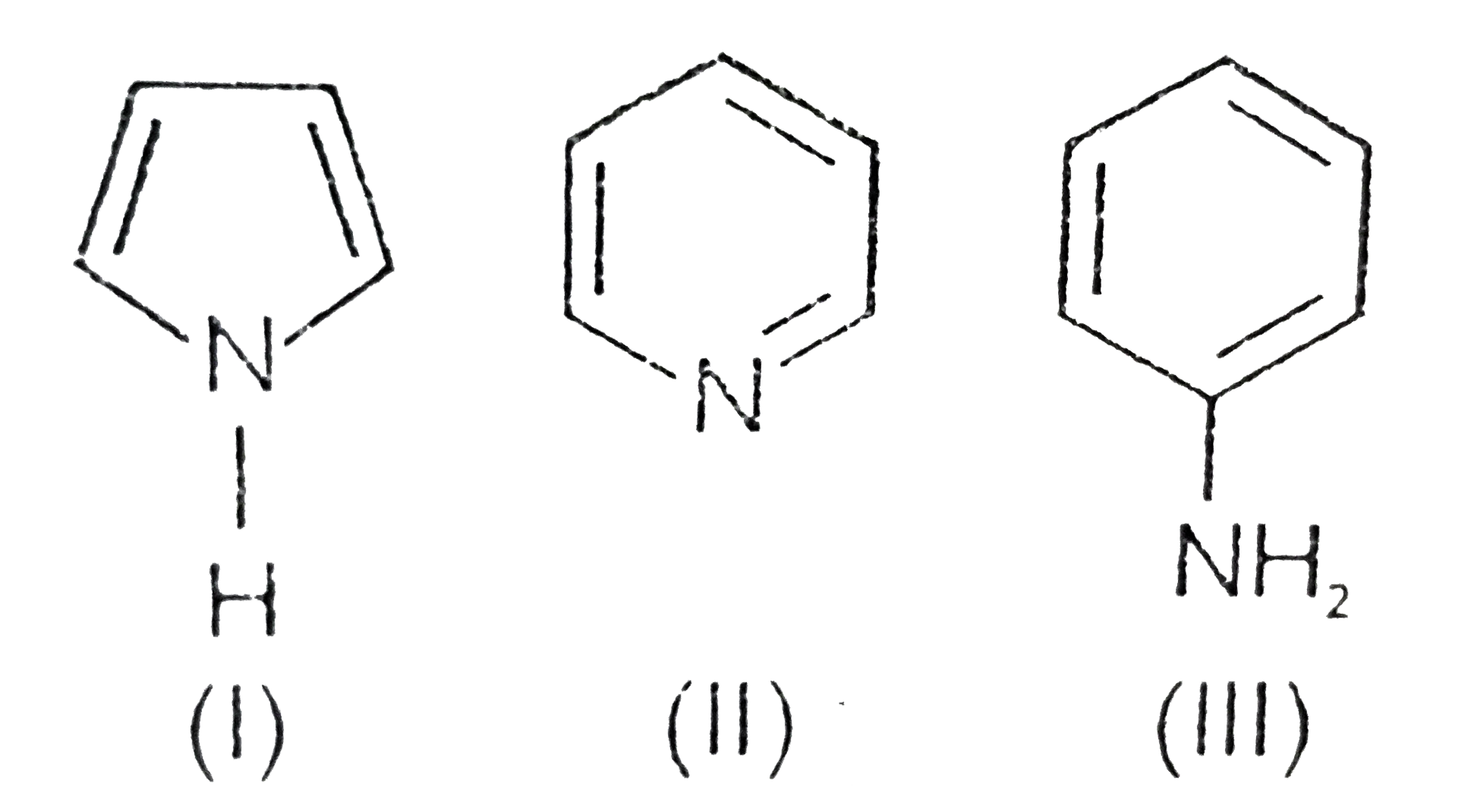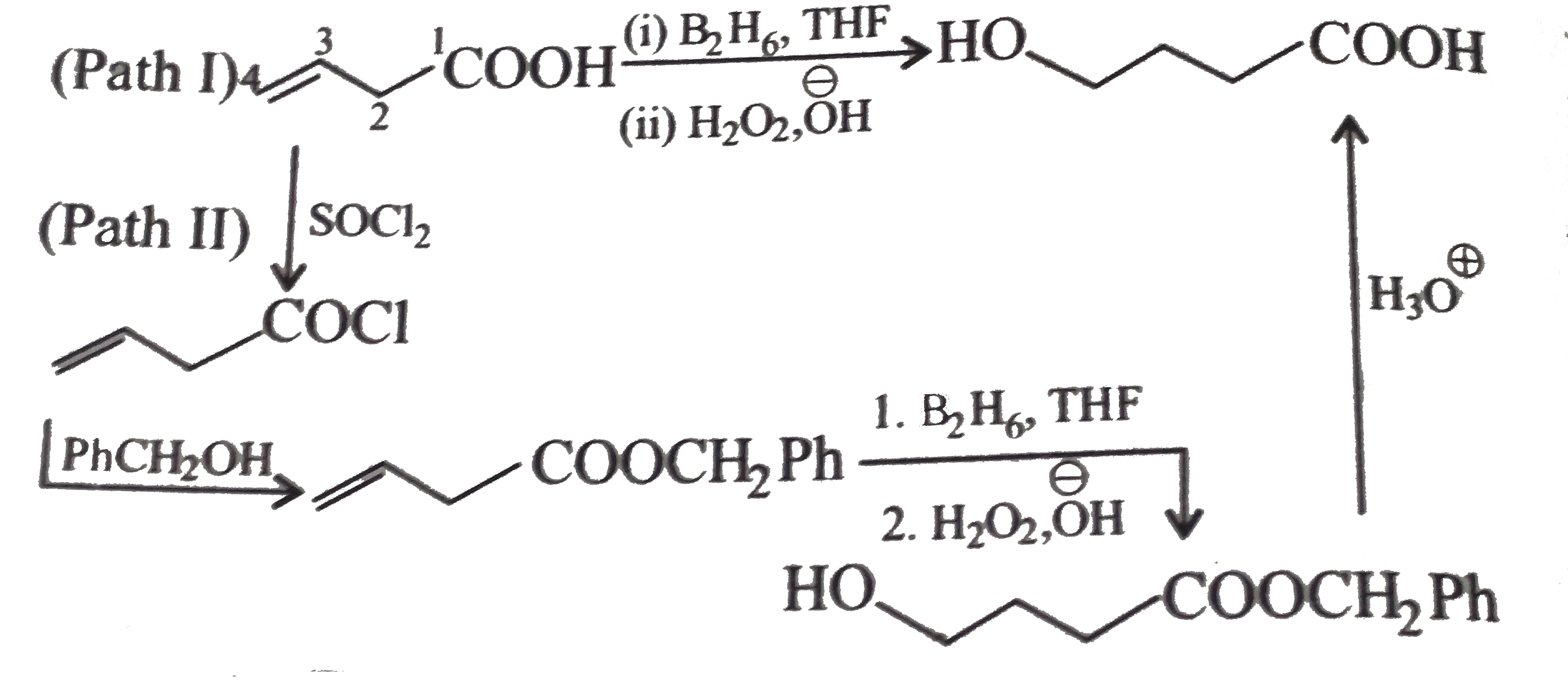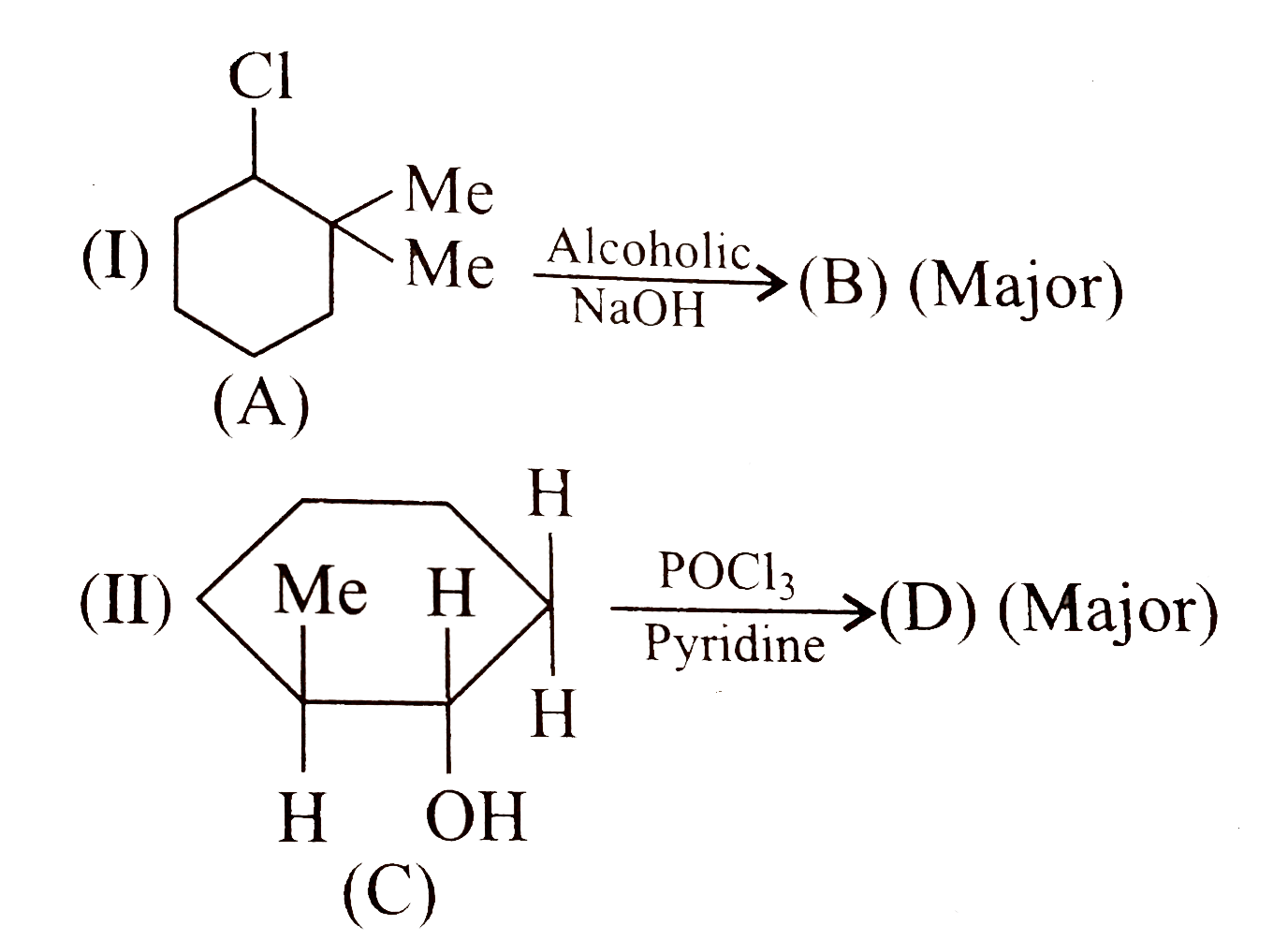Which of the following is flexidentate?
CO
en
EDTA
CI−
The correct Answer is:C
To determine which of the given ligands is a flexidentate ligand, we need to understand the concept of flexidentate ligands and analyze the options provided.
1. Understanding Flexidentate Ligands:
- A flexidentate ligand is a type of ligand that can exhibit variable denticity, meaning it can donate electrons from different numbers of donor atoms depending on the coordination environment. This means that it can sometimes act as a bidentate, tridentate, or even hexadentate ligand.
2. Analyzing the Options:
- We need to evaluate each ligand option to see if it can show variable denticity.
3. Option A: CO (Carbon Monoxide):
- CO is a monodentate ligand, meaning it can only donate a pair of electrons from one donor atom (the carbon atom). It does not exhibit variable denticity.
- Conclusion: Not a flexidentate ligand.
4. Option B: Ethylene Diamine (en):
- Ethylene diamine is a bidentate ligand, meaning it can donate electron pairs from two donor atoms (the two nitrogen atoms). It does not show variable denticity as it always coordinates through both nitrogen atoms.
- Conclusion: Not a flexidentate ligand.
5. Option C: Ethylenediaminetetraacetate (EDTA):
- EDTA can act as a hexadentate ligand, meaning it can donate electrons from six donor atoms (two nitrogen atoms and four oxygen atoms from acetate groups). However, depending on the coordination environment, it can sometimes donate from fewer donor atoms (for example, five).
- Conclusion: This ligand can exhibit variable denticity, making it a flexidentate ligand.
6. Final Answer:
- The correct answer is C: Ethylenediaminetetraacetate (EDTA), as it is a flexidentate ligand.
- A flexidentate ligand is a type of ligand that can exhibit variable denticity, meaning it can donate electrons from different numbers of donor atoms depending on the coordination environment. This means that it can sometimes act as a bidentate, tridentate, or even hexadentate ligand.
- We need to evaluate each ligand option to see if it can show variable denticity.
- CO is a monodentate ligand, meaning it can only donate a pair of electrons from one donor atom (the carbon atom). It does not exhibit variable denticity.
- Conclusion: Not a flexidentate ligand.
- Ethylene diamine is a bidentate ligand, meaning it can donate electron pairs from two donor atoms (the two nitrogen atoms). It does not show variable denticity as it always coordinates through both nitrogen atoms.
- Conclusion: Not a flexidentate ligand.
- EDTA can act as a hexadentate ligand, meaning it can donate electrons from six donor atoms (two nitrogen atoms and four oxygen atoms from acetate groups). However, depending on the coordination environment, it can sometimes donate from fewer donor atoms (for example, five).
- Conclusion: This ligand can exhibit variable denticity, making it a flexidentate ligand.
- The correct answer is C: Ethylenediaminetetraacetate (EDTA), as it is a flexidentate ligand.
Topper's Solved these Questions
- ALCOHOLS, PHENOLS AND ETHERSBOOK - AAKASH INSTITUTE ENGLISHCHAPTER - ALCOHOLS, PHENOLS AND ETHERSEXERCISE - Try yourself
5 Videos
- ALCOHOLS, PHENOLS AND ETHERSBOOK - AAKASH INSTITUTE ENGLISHCHAPTER - ALCOHOLS, PHENOLS AND ETHERSEXERCISE - Exercise
40 Videos
- ALCOHOLS, PHENOLS AND ETHERS BOOK - AAKASH INSTITUTE ENGLISHCHAPTER - ALCOHOLS, PHENOLS AND ETHERS EXERCISE - Try Yourself
5 Videos
Similar Questions
Which of the following is a flexidentate ligand?
View Solutionwhich of the following is not ?
View SolutionWhich of the following is correct ?
View SolutionWhich of the following is not expected to be intermediate of the following reaction ?

View SolutionWhich of the following is/are not the products in the following reaction?

View SolutionConsider the following compounds Which of the following statements are correct?

View SolutionWhich of the following statements are correct about the following reaction

View SolutionWhich of the following is used to perform following transformation:
_E01_729_Q01.png)
View SolutionWhich of the following statements are correct about the following reactions :
 .
.
View SolutionConsider the following reactions :

Which of the following statements are correct ?
View Solution
